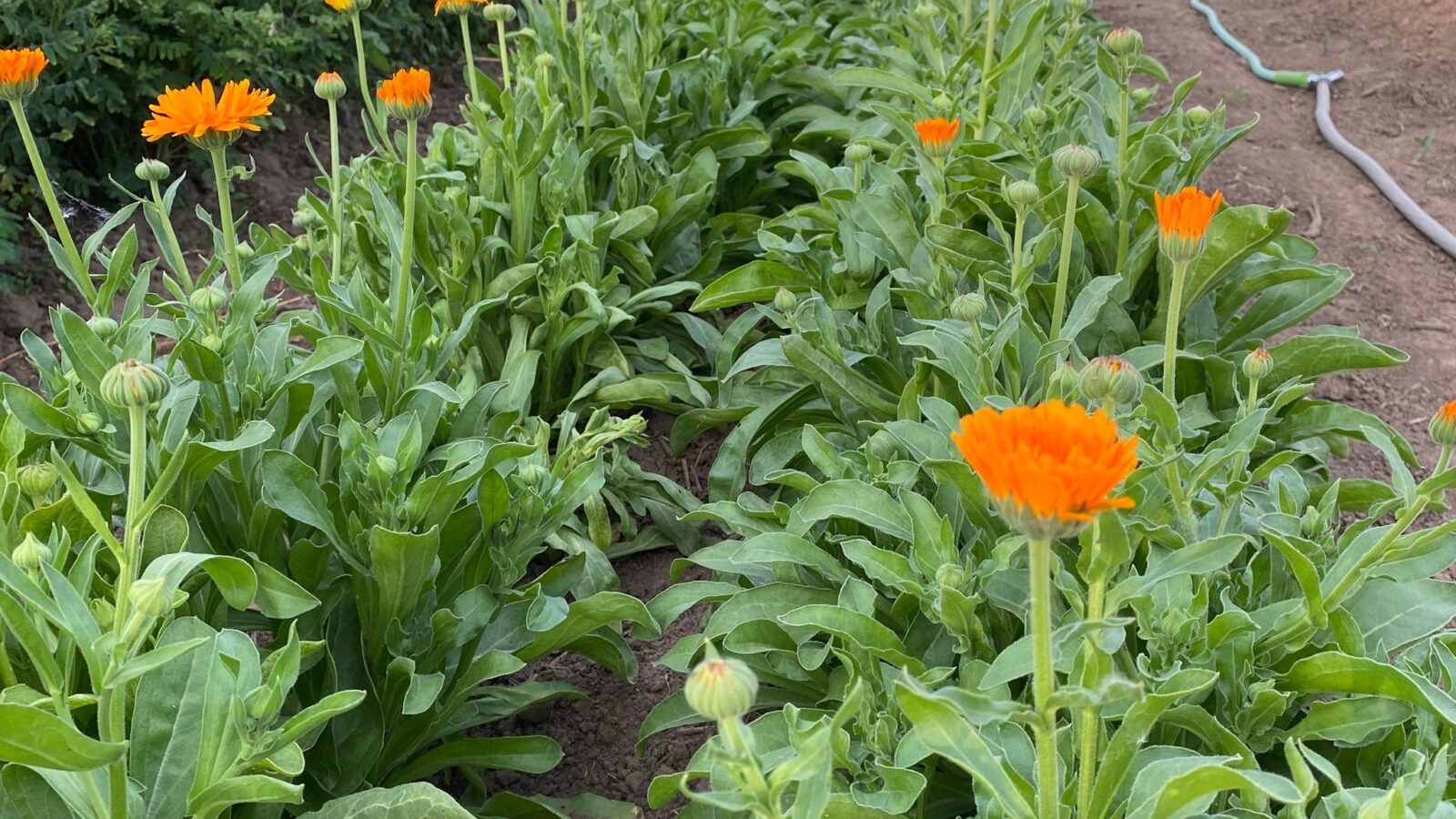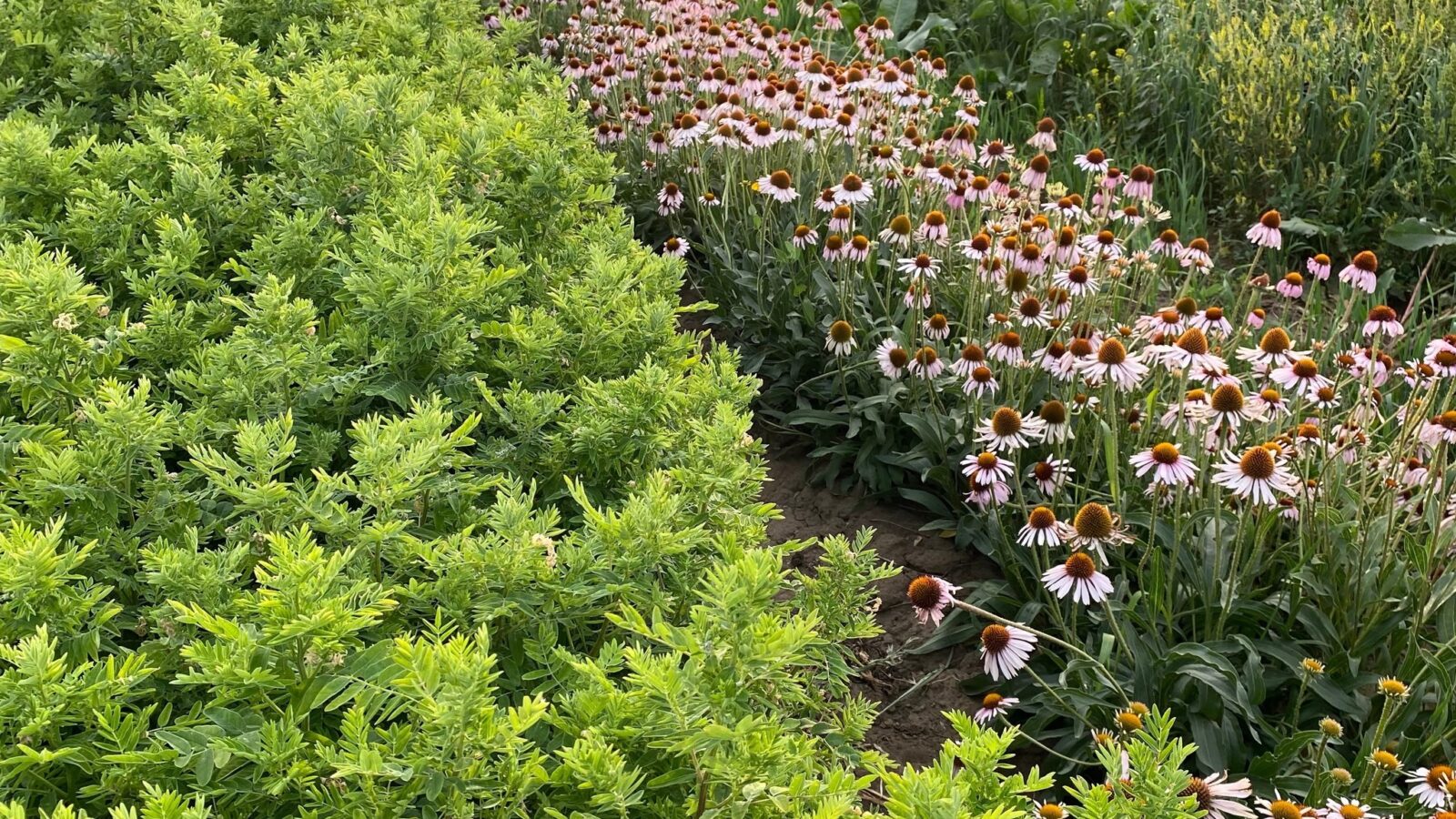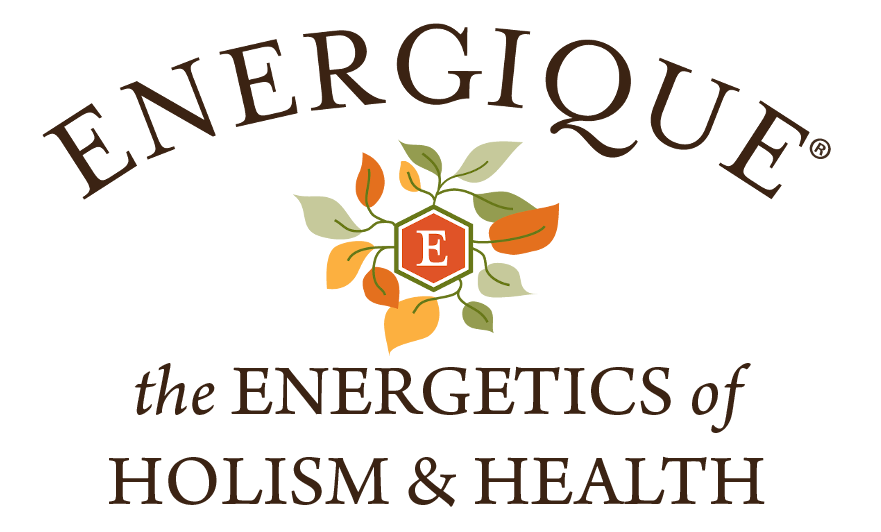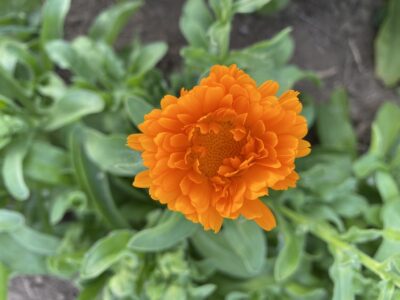The farm-to-table movement is helping to reorient our food landscape to a place of greater intentionality and sustainability, helping us to establish a more meaningful relationship with the food we eat daily and the land which provides it. Farm-to-table eating, or the practice of serving locally grown food at restaurants, school cafeterias, and other places where people gather to eat, is about allowing our food choices to be made with intent and respect for the local landscape, in both cultural and geographical terms, as opposed to eating meals shaped by fads, convenience, outmoded traditions, and corporate economies of scale. Not only is eating locally more sustainable and healthy, as it reduces food transport costs and the need for chemical preservatives, it helps keep wealth in the local community and preserves the diversity of local culinary traditions. Most importantly, it means meals are prepared and consumed with intent, involving every step of production from planting a seed to crafting a menu.
Living and acting with intention can provide more than merely philosophical benefits, and in no context is this more evident than in healing. Our bodies have a tremendous and often untapped capacity to heal themselves, and many natural therapeutic modalities operate partially if not entirely at a subtle, energetic level. For this reason, many holistic practitioners understand the power of acting with intention when working with natural therapies like herbal tinctures, flower essences, and homeopathic remedies. Because we at Energique® know that our customers value the energetics of health and healing, we strive to prepare our products with intention, from hand-succussing our homeopathic remedies to, in some cases, even growing the herbs ourselves. The homeopathic materia medica is incredibly vast – there are thousands of remedies in the most updated repertories, many of them having had their own unique provings, and more are increasingly being incorporated through modern efforts to systematize the period table and biological kingdoms. Even restricting one’s purview to several hundred of the most well-known and oft-prescribed remedies, obtaining quality starting materials poses a unique challenge, but also an opportunity for us to be more hands-on throughout the process of planting, harvesting, drying, and tincturing some of the remedies we make. This also allows us to offer a greater range of products and formulations to you, our practitioner customers.
The sourcing of quality homeopathic herbs can present more than a few difficulties. Besides important considerations like seeking wild herbs from non-contaminated areas or farmed herbs grown without pesticides, many of the plants used in homeopathy are considered exotic and obscure by almost everyone outside of the homeopathic community. Using Ledum for puncture wounds and stings or Ignatia for acute ailments from grief is so common that some homeopathic practitioners practically consider these household words, and yet the plants used to prepare these remedies are practically unheard of and hardly used in any other context. Because many homeopathic plants are poisonous until highly diluted, most are seldom used even in herbalism, and so finding quality vendors to supply these medicinal plants is difficult and sometimes impossible.
Even common medicinal herbs, like Chamomile (homeopathic Chamomilla) and St. John’s Wort (homeopathic Hypericum) can be difficult to procure for homeopathic use. Although the aerial parts of these plants are commonly found in teas and other preparations, in many cases the highest quality homeopathic remedies are to be prepared from the plant’s entire organism. While the medicinal potency of starting materials, in terms of their active constituents, is crucially important to prepare effective dilutions from mother tinctures, homeopathy remains energetic in nature, and there is more that goes into a remedy than constituents alone. Millefolium, a homeopathic remedy for deep injuries with bleeding, is made from the herb yarrow, a plant which grows best on disturbed or “injured” soils. In fact, yarrow has been noted to grow especially well on battlefields, on soils where much blood was shed. The whole plant is used in homeopathy, as opposed to simply the aerial parts more commonly used in herbalism, because the wisdom of this plant as shown through the organism’s ability to thrive in the midst of bloodshed cannot be reduced to any of its single constituent parts.
Not every homeopathic plant remedy is made from the entire herb, but for our Energique® products we trust in the homeopathic tradition and use the same plant parts in the US Homeopathic Pharmacopoeia, compiled from the classical materia including Samuel Hahnemann’s original instructions for plants like Chamomilla. This presents a problem, however, when it comes to sourcing quality starting materials. Because herbalists typically ignore the root, harvested or wildcrafted sources of chamomile typically only include the aerial parts used in teas and herbal preparations. Many of the herbal tinctures used as drainage remedies in our homeopathic formulas are attended by sourcing difficulties. Our solution? Grow the herbs ourselves!

Located in America’s heartland, our Woodbine, IA manufacturing location is surrounded by fields with the perfect soil for growing quality medicinal plants. Iowa’s famously fertile soil is the result of a glacier which covered the land as recently as 15,000 years ago. Not only did this slow-drifting ice help to shape the state’s flat landscape, it deposited literally billions of tons of minerals into the soil, making Iowa among the top agricultural producers of the United States. While the reputation of this wonderful growing region has been sadly tarnished by “big agriculture”, in a landscape surrounded by GMO corn and soybeans, we lovingly maintain herbal plots where select natural medicines are planted and harvested by hand, mere yards from the cGMP-compliant facility where they will be hand-succussed into our homeopathic blends. Read on to meet some of the homeopathic herbs we are growing ourselves this season:
-Hypericum perforatum: made from St. John’s wort, herbalists (as well as our Energique® herbal products) use the plant’s aerial parts to support healthy mood, although ancient sources mention it as a detoxifier and pain reliever. In homeopathy, Hypericum is well-known to relieve the intense pain of injuries to nerves and nerve-rich areas, like a fingertip slammed in a car door. It was not proved by Hahnemann but by a homeopath named Muller, and has since become one of the most useful acute remedies.
-Scrophularia nodosa: an important glandular remedy both in herbalism and homeopathy, herbalists use the leaves or aerial parts while homeopathy uses the whole plant. Also known as figwort, Scrophularia is a lymphagogue herb, which in low potency, plays a vital role in combinations to support the immune system and lymphatics, especially when a drainage remedy is indicated to support the skin. There are some remarkable cases of symptoms involving the breast, skin, and lymph nodes responding to Scrophularia nodosa in homeopathic potency.

-Digitalis purpurea: also known as foxglove, this wildflower is in the same family as Scrophularia, but far more famous and more poisonous. As a natural source of the cardiac stimulant digitalis, which was named for the plant, its use in herbalism was quickly replaced by standardized pharmaceutical preparations. When used as a drug for heart failure, digitalis must be dosed very precisely, and natural variation in the plant’s digitalis content makes pharmaceutical preparations a far safer alternative to foxglove tea. As a result, there is little demand for the herb, even though its true healing potential extends beyond its pharmaceutical value. Not only will homeopathic potentization render this plant completely safe, it will develop deeper benefits more suited to holistic applications. Homeopathic Digitalis purpurea can relieve deep feelings of guilt and treat emotional heartbreak as well as the physical heart.
-Bellis perennis: made from the common garden daisy, this plant would not seem difficult to come by. But because homeopathic remedies are regulated as drugs in the United States, producing them to the highest quality standards involves far more than picking and tincturing daisies. Out of a commitment to ensure the identity and quality of all starting materials, growing our own Bellis perennis allows us to document every step from harvesting and species identification to chromatographic analysis of the final tincture. As a lesser-known remedy that acts similarly to Arnica, Bellis perennis is often more effective when injuries affect deeper tissues, for instance relieving minor pain and soreness following abdominal surgery. These fine shades of distinction between two closely related plants underscores the importance of obtaining and verifying the proper species.
-Lobelia inflata: native to the Eastern United States, the medicinal properties of lobelia were well-known to the Cherokee and later popularized through the advocacy of Samuel Thompson, a self-taught herbalist who became famous for using it to treat numerous ailments. Because herbalists typically gather the leaves so the plant can grow back from its rootstock, whole specimens are difficult to procure and so we will be growing this wonderful plant ourselves. Although these plants won’t grow back, the homeopathic dilution process allows far more medicine to be produced from a single specimen. A single lobelia plant can produce enough Lobelia 30X to supply every person in the world a liter per year for well over a trillion years, for which reason homeopathy is without a doubt the most sustainable approach to medicine.


 Limited-Time Product Promotions from Energique
Limited-Time Product Promotions from Energique